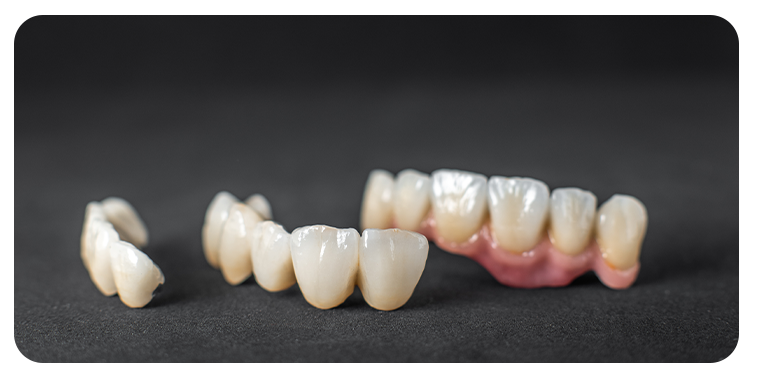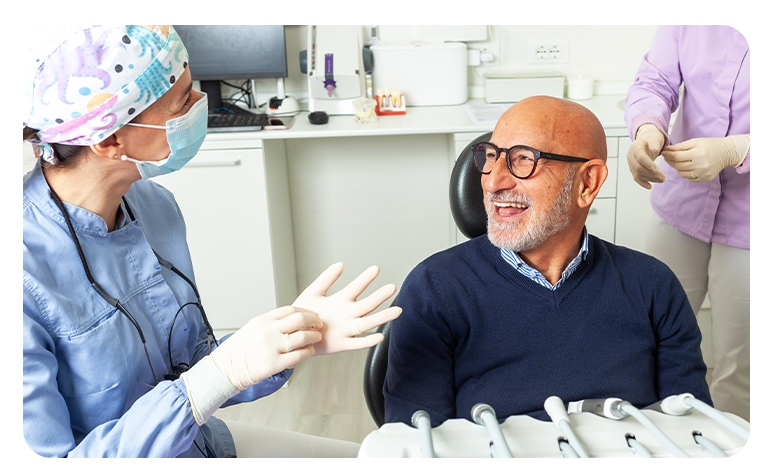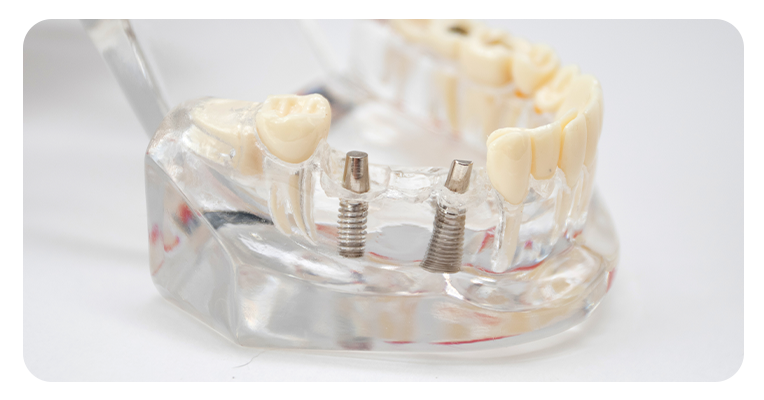Multiple Teeth Replacement
Multiple Teeth Replacement
What Is Multiple Teeth Replacement?
What Is Multiple Teeth Replacement?


Who Is a Suitable Candidate?
Who Is a Suitable Candidate?
How Is It Performed?
How Is It Performed?


Advantages of Implant-Based Multiple Teeth Replacement
Advantages of Implant-Based Multiple Teeth Replacement
Aftercare and Recommendations
Aftercare and Recommendations


Reclaim Your Smile with Confidence
Reclaim Your Smile with Confidence
Frequently Asked Questions
Bone Grafting Treatment in Jawbone Loss
Smoking adversely affects oral health by: • Increasing the risk of gum disease • Delaying healing after dental procedures • Causing bad breath and staining teeth • Elevating oral cancer risk Quitting smoking improves oral health and the success of dental treatments.
Laminate veneers may not be suitable for individuals with: • Severe tooth misalignment or bite issues • Insufficient enamel • Habitual teeth grinding (unless managed with a night guard) • Active gum disease A thorough dental examination is necessary to determine veneer suitability.
What to Pay Attention to After Tooth Extraction?
When Does Numbness Go Away After Dental Treatment?
